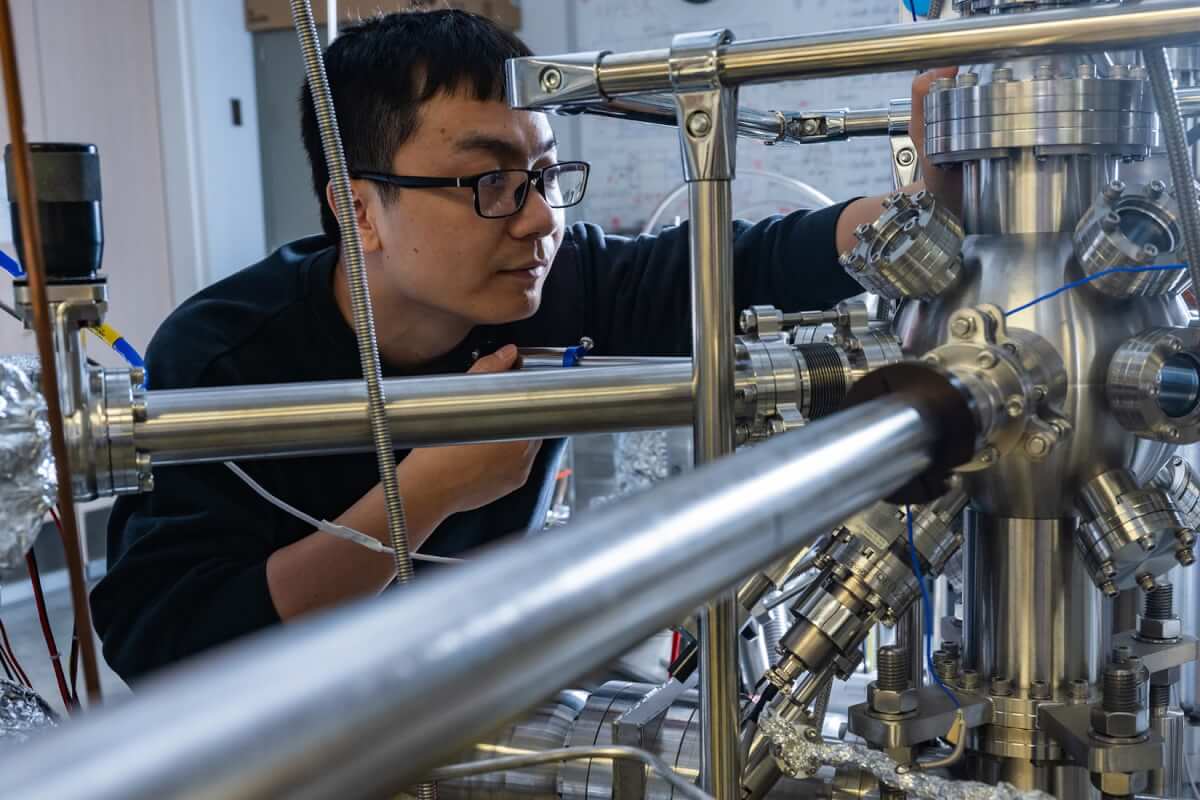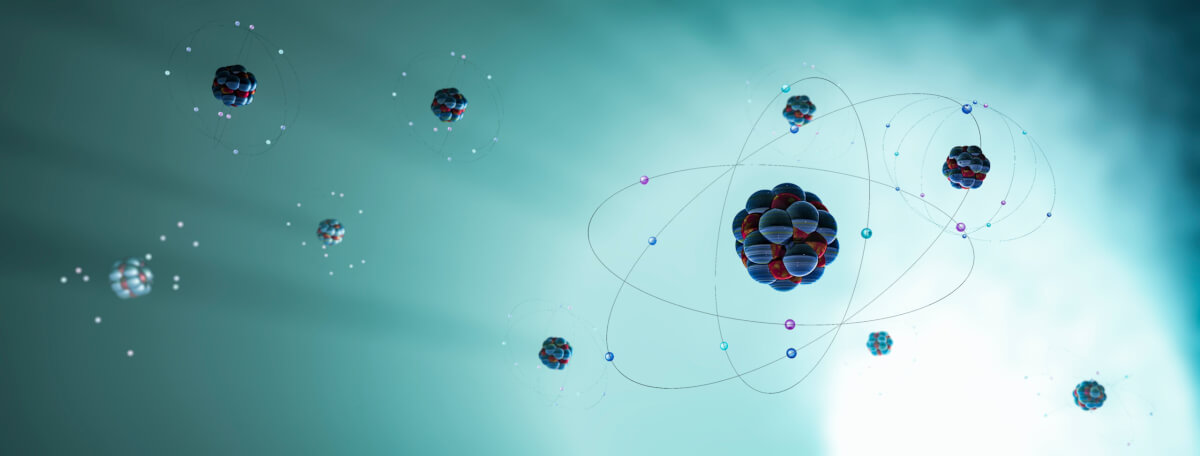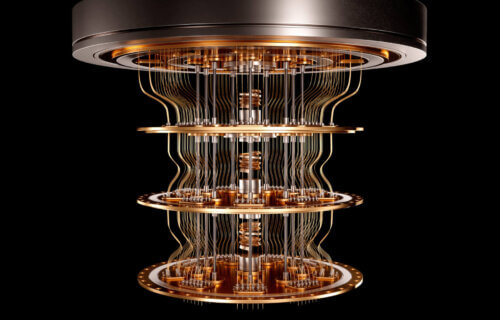HOUSTON — In what scientists are calling a “quantum coup,” a team at Rice University has made a revolutionary discovery in the realm of quantum materials, unveiling a first-of-its-kind 3D crystalline metal. This new material has the remarkable ability to halt the movement of electrons, a phenomenon brought about by the unique combination of quantum correlations and the material’s geometric structure.
The study not only details the discovery but also outlines the innovative design principles and experimental approaches that led to this significant finding. The material, a mix of copper, vanadium, and sulfur, forms a 3D pyrochlore lattice — a structure made up of corner-sharing tetrahedra.
“We look for materials where there are potentially new states of matter or new exotic features that haven’t been discovered,” says study co-corresponding author Ming Yi, an experimental physicist at Rice University, in a university release.

Quantum materials, especially those facilitating strong electron interactions leading to quantum entanglement, are ripe for such discoveries. Entanglement, a quantum phenomenon, can result in electrons being “locked” in place due to their movements becoming highly correlated.
The study focuses on how these interactions and the material’s structure can lead to electron localization, creating what are known as flat electronic bands. Until now, the occurrence of flat bands, which limit the energy range electrons can occupy, making them more likely to interact, was primarily associated with 2D materials. This research, however, provides the first empirical evidence of such an effect in a 3D material.
Using angle-resolved photoemission spectroscopy (ARPES), a technique that allows scientists to observe the arrangement and energies of electrons in materials, the team was able to detail the band structure of this novel material. They discovered a unique flat band at the Fermi level, the energy level at which electrons occupy states in a material.
“It turns out that both types of physics are important in this material,” explains Yi. “The geometric frustration aspect was there, as theory had predicted. The pleasant surprise was that there were also correlation effects that produced the flat band at the Fermi level, where it can actively participate in determining the physical properties.”
The discovery was made possible through the collaborative efforts of 10 Rice researchers across four laboratories, with significant contributions from the research groups of physicist Pengcheng Dai, who produced the samples, and Boris Yakobson, whose team performed calculations to quantify the effects of geometric frustration. The ARPES experiments were conducted at prestigious facilities, including the SLAC National Accelerator Laboratory and Brookhaven National Laboratory.
This material’s unique properties stem from a mix of “geometric frustration,” where the arrangement of atoms prevents electrons from settling into a stable configuration, and strong electron interactions that magnify this effect.

“It’s the very first work to really show not only this cooperation between geometric- and interaction-driven frustration, but also the next stage, which is getting electrons to be in the same space at the top of the (energy) ladder, where there’s a maximal chance of their reorganizing into interesting and potentially functional new phases,” says study co-corresponding author Qimiao Si, a theoretical physicist at Rice.
The implications of this discovery are vast, opening new avenues for research into pyrochlore crystals and potentially leading to innovations in quantum computing, electronics, and materials science.
“This is just the tip of the iceberg,” concludes Yi. “This is 3D, which is new, and just given how many surprising findings there have been on Kagome lattices, I’m envisioning that there could be equally or maybe even more exciting discoveries to be made in the pyrochlore materials.”
With the predictive methodology developed, researchers now have a new tool for identifying materials where similar phenomena could arise, promising further exciting discoveries in the quantum realm.
The study is published in the journal Nature Physics.
You might also be interested in:

Sound Great Like All New Discovery But Does It Need To Be Verified By Other Partners That Are In That Field. AI CAPTAIN